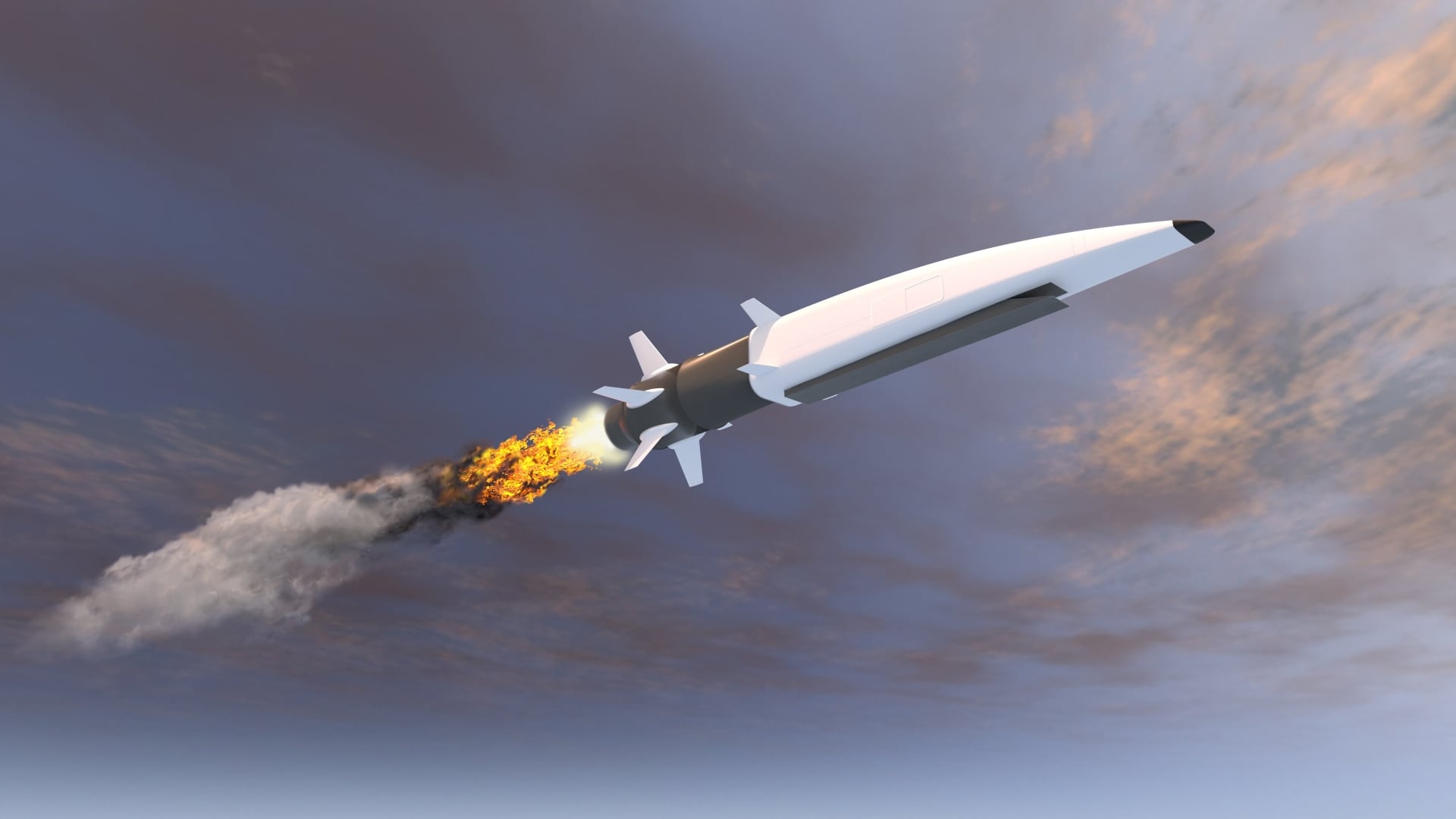


Pentagon’s top software official stresses data-centric military
The Pentagon's top software official and the Space Force's chief information officer stressed the importance of software factories to train troops.

Technical debt: The cybersecurity threat hiding in plain sight
The Biden Administration’s executive order on cybersecurity in May 2021 jump started the movement toward a zero trust architecture.
US Army to launch offensive cyber capabilities office
Offensive cyber is defined as “operations intended to project power by the application of force in or through cyberspace,” according to NIST.

Why US Army network leaders are so interested in identity management
The Pentagon's 2020 ICAM strategy acknowledged failures to “maximize the strategic, operational, and tactical benefits of information sharing.”
More Stories

Operation Cyber Dragon turning US Navy reservists into digital defenders
“The interesting thing in the IT world or the network world is what’s patched and 100% compliant today might not be patched tomorrow, because vulnerabilities ebb and flow.”

Remember 5G? Pentagon backs 6G hub tied to Army Research Lab
“The DoD has a vital interest in advancing 5G-to-NextG wireless technologies and concept demonstrations,” said Sumit Roy, the IB5G program director.

US, Ukraine agree to more cyber cooperation amid Russian threat
Russia’s latest invasion of Ukraine, launched Feb. 24, was preceded by cyberattacks, including one on Viasat, a California-based company involved in commercial and military markets worldwide.

Pentagon’s secret communications network to get upgrade from Booz Allen
“DISA has made clear that we will not forget that the ‘fight’ is fought on SIPRNet,” said Christopher Barnhurst, the agency’s deputy director.
Mission Possible: Securing remote access for classified networks
The Federal government understands the significance of remote access on meeting mission objectives now and in the future. Agency leaders are looking to the private sector for technology that helps them maintain the highest security levels while meeting the ease-of-access demands of today’s worker – and can be implemented quickly.
By Jimmy Sorrells
US seeking to understand Russia’s failure to project cyber power in Ukraine
“With regard to the Russian use of cyber and our takeaways,” Anne Neuberger said, “there are any number of theories for what we saw and what, frankly, we didn’t see.”
General Dynamics IT wins $908 million Air Force networks contract in Europe
The indefinite delivery, indefinite quantity deal has a five-year base period with one three-year option available, according to the company.
Cybersecurity for critical infrastructure approved in $840 billion defense bill
“In the nearly 22 years that I’ve served in Congress, we have come a long way in cyberspace,” said Rep. Jim Langevin, D-R.I.
Troops’ use of TikTok may be national security threat, FCC commissioner says
A U.S. regulator says troops' and families' use of TikTok on personal devices could pose a national security threat.
By Karen Jowers
Gmail fix for junior soldiers? Army launches Google email beta
The service started testing the Google products this week, a source said.
UN stresses strategic communications to combat disinformation ‘weapon of war’
U.N. Secretary-General Antonio Guterres told the council that the world in which peacekeepers operate "is more hazardous today than any time in recent memory," with geopolitical tensions reverberating locally and conflicts "more complex and multi-layered."
By Edith M. Lederer
BAE Systems delivers new M-code GPS receivers to Germany under first non-US sale
Berlin placed the order for an undisclosed number of receivers in 2020 as a Foreign Military Sale (FMS) fulfilled through U.S. Space Systems Command (SSC).
Ukraine war tactics reaffirm US Army’s modernization thrust, service chief says
The conflict in Ukraine is showing the U.S. Army that it's on the right track when it comes to its own modernization priorities, the Army chief of staff said.
By Jen Judson


